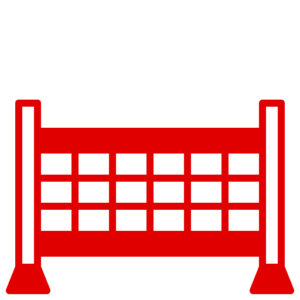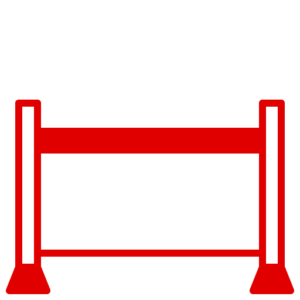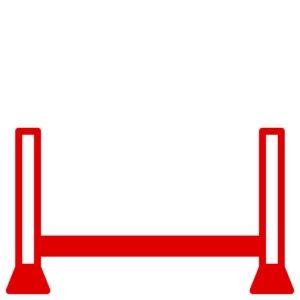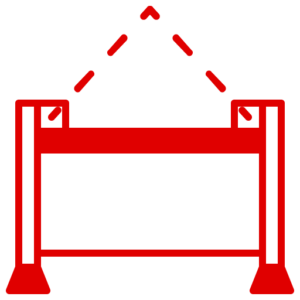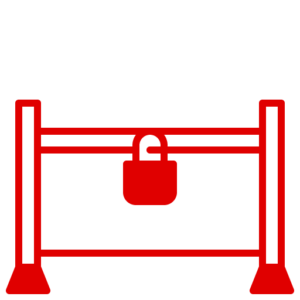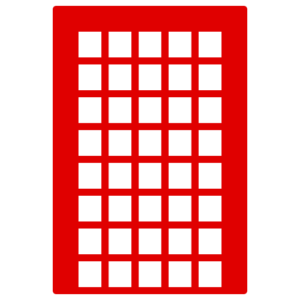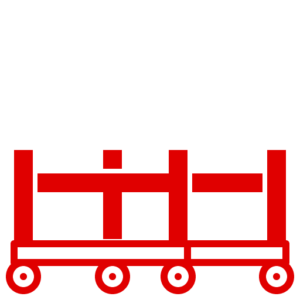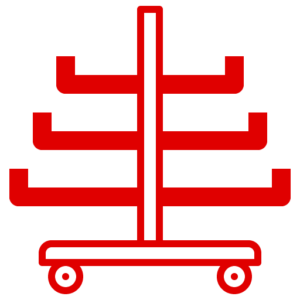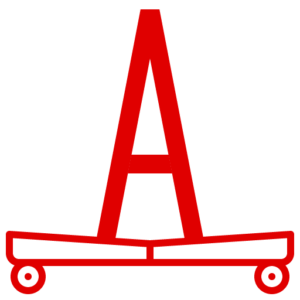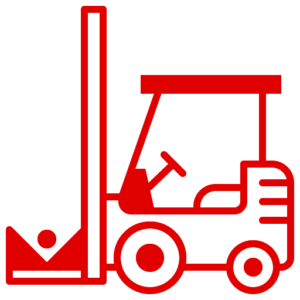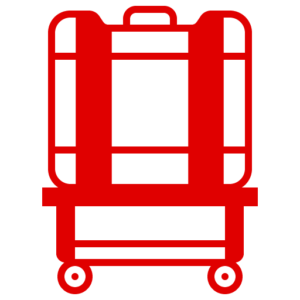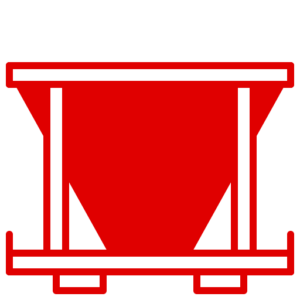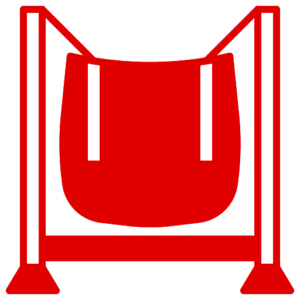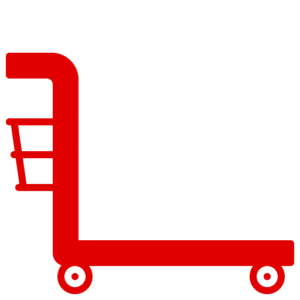News
CE Accredited Stillages, Which Regulation Apply?
CE Accredited Stillages, Which Regulation Apply?
Questions that should be considered when assessing your material handling requirements are:
Which of the following regulations apply to your specific organisation and do your duties of care fall under the following:
- H and S at Work Act 1974
- PUWER 1998
- LOLER 1998
- Machinery Directive 2006/42/EC
- Work Directive
- ISO or BS Standard
- CE Marking
How do these regulations apply to your organisation?
Examples of what the relevant regulations require
HSAWA 1974
Section 6 sets out duties for manufacturers:
Section 6-1 ‘It shall be the duty of any person who designs, manufactures, imports or supplies any article for use at work –
- a) To ensure, so far as is reasonably practicable, that the article is so designed and constructed as to be safe and without risks to health when properly used;
- b) To carry out or arrange for the carrying out of such testing and examination as may be necessary of the performance of the duty imposed on him by the preceding paragraph;
- c) To take such steps as are necessary to secure that there will be available in connection with the use of the article at work adequate information about the use for which it is designed and has been tested, and about any conditions necessary to ensure that, when put to that use, it will be safe and without risks to health.
LOLER 1998
Section 4(b) relevant information relating to `the load being lifted`
Regulation 4(b): the load being lifted
This part of the regulation is about ensuring that the parts of the load that become connected to the lifting equipment during lifting operations are sufficiently strong. Examples are lifting lugs welded in place to facilitate lifting, jacking or lifting points.
You need to know that:
– Lifting points form part of the load;
– Routine checks need to be made of the condition of lifting points;
– It may be appropriate to test the strength of lifting points such as welded lifting lugs.
Examples of lifting points include:
– Lugs that are welded onto a steel beam before it is lifted, and that are removed afterwards;
– Permanent fittings such as those on a skip which may often be lifted.
PUWER 1998
Relevant Regulations
Several sections of PUWER apply, including but not limited to the below.
– Regulation 4 Suitability of work equipment (esp. Regulation 4.1)
– Regulation 5 Maintenance
– Regulation 6 Inspection
– Regulation 7 Specific risks
– Regulation Information and instructions
– Regulation 10 Conformity with Community requirements
– Regulation 23 Markings
How does your organisation meet these Regulations?
If you have any stillages/cages or trolley procurement requirements, please drop us a call on 01889 563244 or alternatively please use our contact us form.

